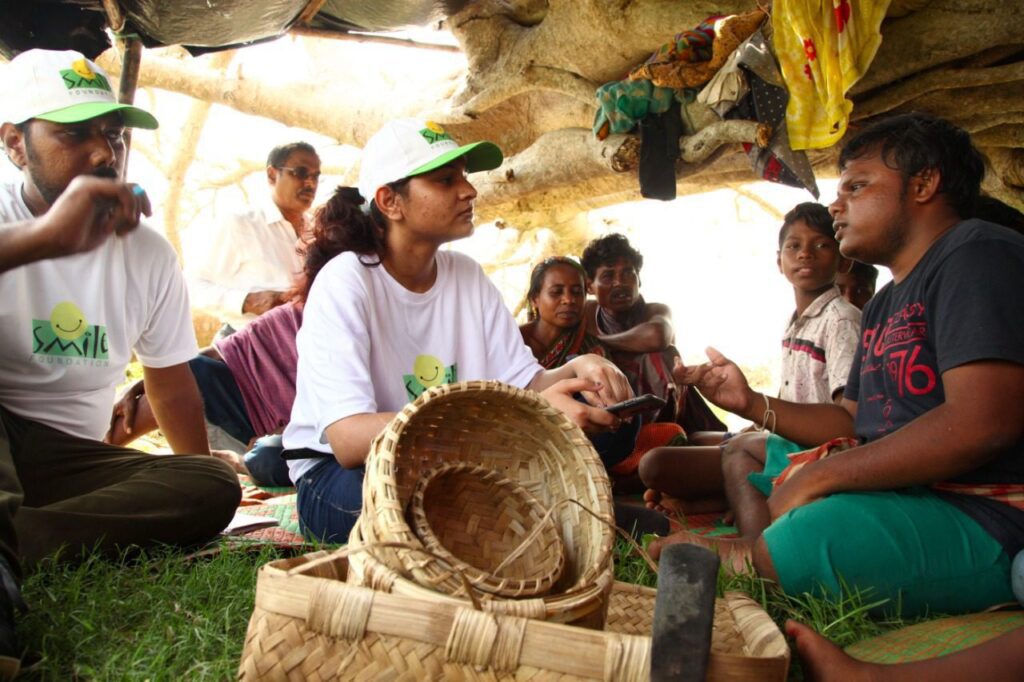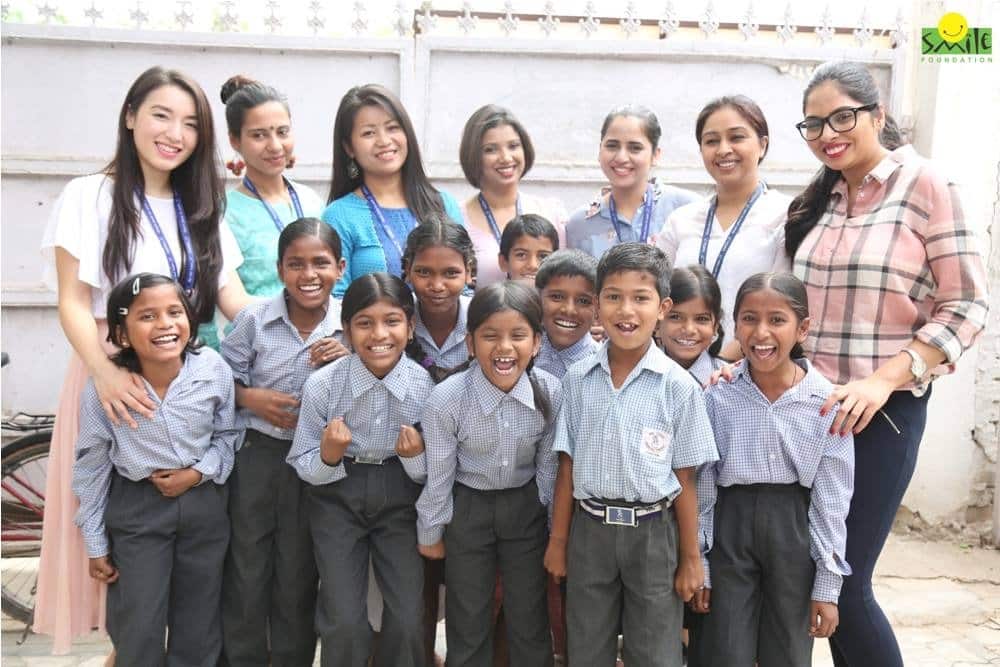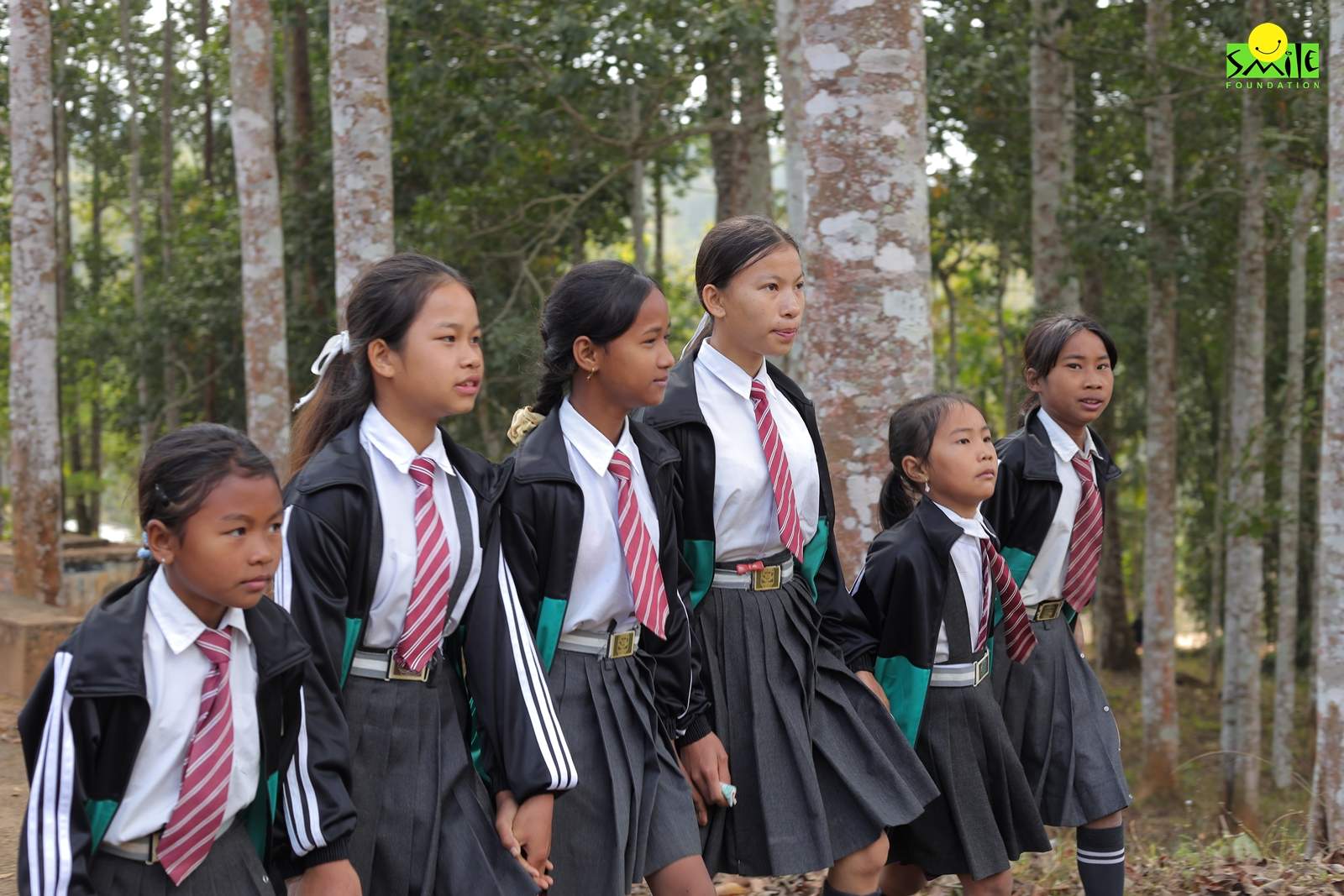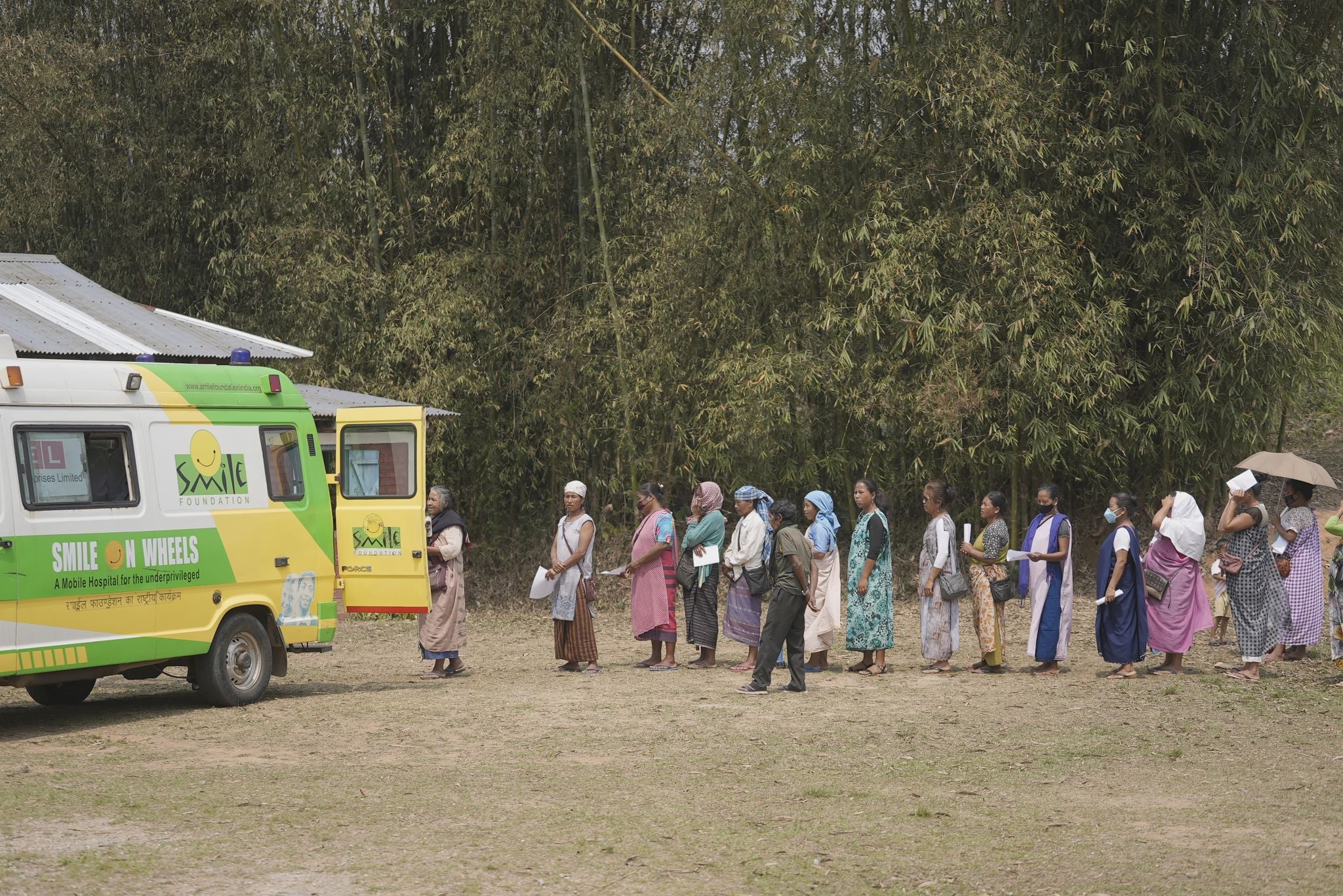Landing in Bhubaneshwar, Odisha, for my very first assignment, I had a sense that it was going to be a challenging experience, but little did I know that it would turn out to be a life-changing one. The grainy images and videos of cyclonic winds unleashed by Cyclone Fani that I had seen my colleagues pour over at the Delhi Headquarters had given me a sense of the devastation the tropical storm had unleashed.
My brief was clear as I packed my bags without a return ticket along with a photographer. Make the reality and impact on the ground known to rest of the world as our volunteers who had been responding on the ground zero since 3rd May 2019 had shared the shocking details of the destruction.
I am 24-year-old and in my second job with only a ringside view of the realities that communities in rural India, and especially the marginalized, live with. Like most young people living in the cities, my world is relatively insulated. The first time I visited a Mission Education Center, which caters to children from underprivileged communities, on the outskirts of the National Capital Delhi, I was left with a sense of happiness and inspired. Despite their struggles, the children were happy in the loving and nurturing space that Smile Foundation partner had created.
On my first day in Bhubaneswar, I saw a city which was wrecked; trees uprooted broken billboards and damaged houses. It was like a city getting back up slowly after being forced to its knees. It looked bad but the intensity of it was yet to hit me.
As we moved towards Biripadia, our intended destination of the day, my team and I came across a group of 12-15 people taking shelter under a tree. In all honesty, I didn’t know what I was supposed to do when I was told what had happened to them. I couldn’t decide on whether to record these people’s statement and names to build a story or to just offer to them words of sympathy. The latter would have been of no use I suppose. I didn’t understand much of what the group of women on the road was saying to my co-worker but I clearly understood the desperation with which they spoke. (watch the video)
Biripadia was a sight of misery – broken houses with trees crushing the roofs, people living without food for days and zero access to clean drinking water. They all were almost in the same state as people living under the tree, maybe slightly better because they had four walls to shelter them if nothing else.
Upon lying down on my clean bed that night I felt overwhelmed by the gravity of the situation, I had everything that people maybe 5 kilometers away didn’t; enough food, water, and electricity. I realized how utterly unprepared I was in the face of such a disaster where the sea lay but there was no drinking water.
The first sight on my second day of the field visit was of an old woman washing her clothes in a pond. The water was such most people wouldn’t let their foot in – black and full of leaves, branches, dirt and what not. She told me her story of having lost her home, her clothes, and her crop in the cyclone. She was cleaning what was left of her and her families’ clothes while others repaired their house bit by bit.
The only aid she and the rest of the villagers had gotten so far was the relief kits distributed by Smile Foundation three days before. 200 people waited with hope for relief kit at that center while I tried to capture moments of joy, moments of expectations, tears rolling down their cheeks out of sheer relief. I talked to women who told me how they didn’t even have any clean water to be used during periods. They had lost the only community toilet they had in the storm and faced serious security threats due to no lights in the night. One of the women was pregnant and couldn’t even get three proper meals a day let alone any nutritional supplements important for a pregnant woman. Getting these women some basic sanitary hygiene became the story that I had to get out to the world.
Day three brought me the story of a mother who got injured while protecting her daughter in the cyclone; of a mother taking care of her 48 years old mentally challenged daughter with nothing to her name but 500 rupees a month in pension and since the cyclone, not even that, of an elderly disabled couple living on pension and having lost everything in the storm.
Before the cyclone, they had very little, after the cyclone they had nothing. But even with broken boats and broken houses, they had hope that things will get better and that’s what they showed me when they asked me to play cricket with them on that beach.
All in a matter of a week I had seen a hope in the eyes of a woman named Sarita, who lost one hand in an accident and aspires to be a teacher and loves to ride bicycles; the joy of giving in people who offered us refreshment even when they themselves had nothing; hope in the eyes of people who were building their lives and homes back anew instead of sitting idle waiting for the things to resolve themselves.
My first field trip and interaction with people affected by a disaster of this magnitude brought me lessons that I probably would never have come across in my life. To most people like me, a disaster like that becomes an inconvenience; at most a trouble that would take me a couple of months of salary to get my life back to normal. But for the kind of people I met in those remote villages in Orissa, it becomes a battle for survival.
As we left the last village on our last day in our air-conditioned car, I said to my co-workers, “we don’t really realize it but we have gotten incredibly lucky in our lives.” And I meant it.









